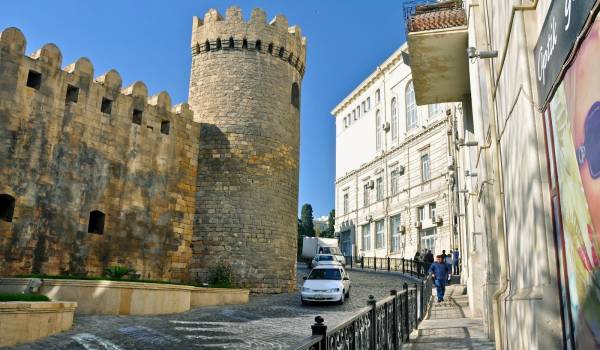
History of Baku
2,000-year-old Gabala, with its marvelous nature, has been the capital of ancient Caucasian Albania for 600 years, which is mentioned in the works of ancient historians of the first century. Gabala is one of the ancient cities of Azerbaijan. Greater Pliny wrote that the main city of Albania is Kabalaka.
The ruins of ancient Gabala are located in Chukur-Gabala, 15 km away from the modern city. Excavations of an ancient settlement Archaeological excavations show that the urban life in Gabala started from the first century until the eighteenth century.
The exteriors of buildings were adorned with stones, raw and baked bricks, and interiors with relief geometric ornaments made of clay. In the 8th-9th centuries, bitumen was used for roof covering. Apparently, oil was brought from Baku.
There are hundreds of historical and cultural monuments in the region. The Albanian temple (IV-VII centuries), an ancient fortress for protection (IX-XI centuries), Udine castle (IX-XIV centuries), many mausoleums, and other historical sites are preserved. Additionally, there are hundreds of other historical and cultural monuments in the district.
Examples include the Albanian temple of the IV and VIII centuries in the village of Amili, the 19th-century mosque in Bum village, the Ustachan castle of the IX-XIV centuries in the Bayramkokha village, the XVII century mausoleum in the Shafili village, Sacred place of Shikhbaba in the village of Khamzali from XVI century, the sacred place of Komrad on the top of Komrad mountain, Haji Qarib mosque, Saint Elisæus Church (Nij) and 19th century Bolu bek residence in the village of Nij. In the Hazra village, the mausoleums of Sheikh Badraddin and Sheikh Mansur of XV century.